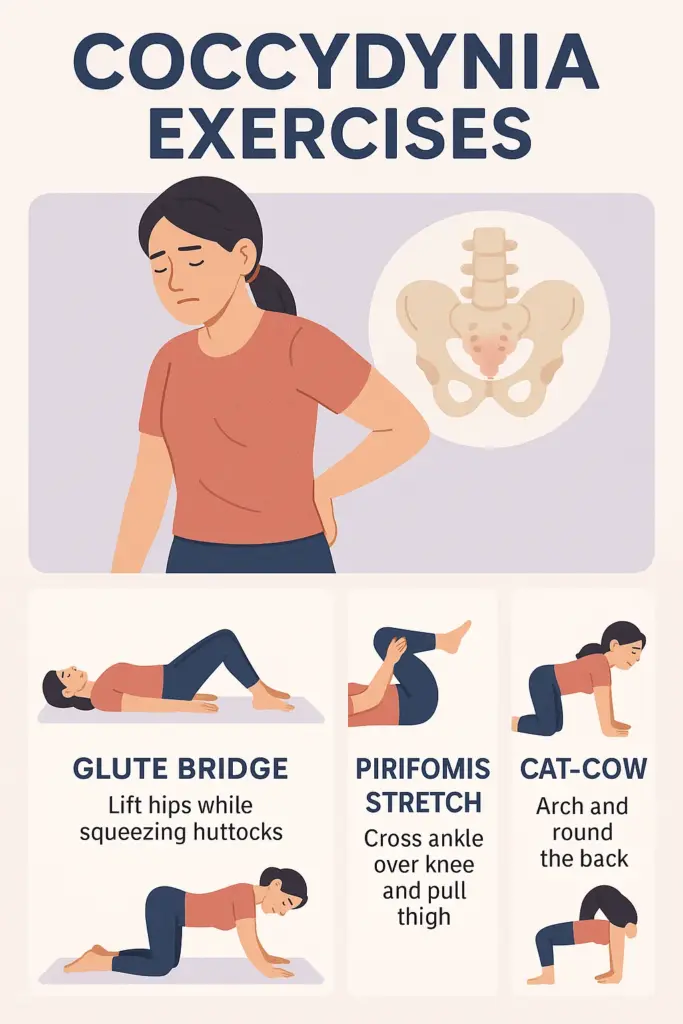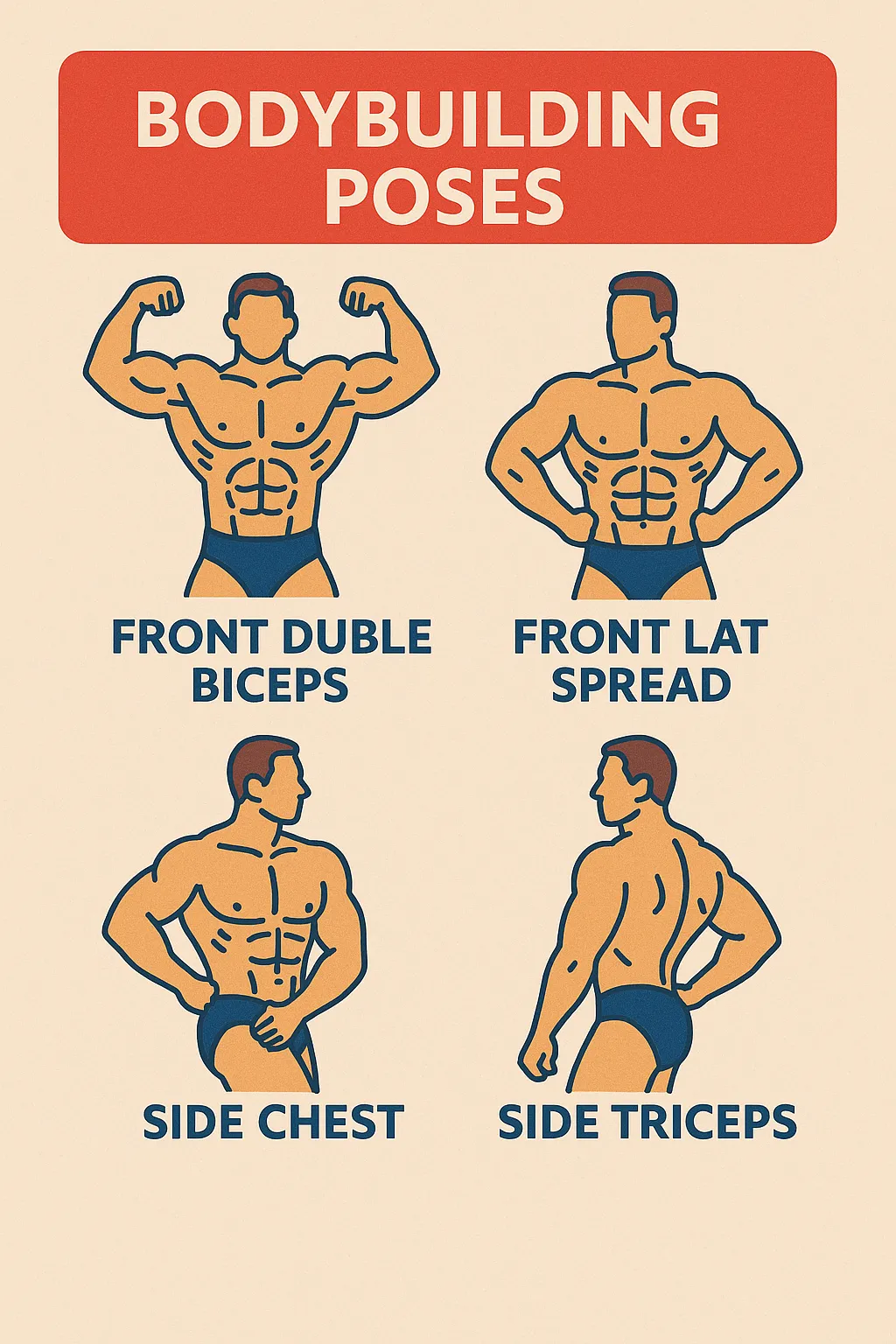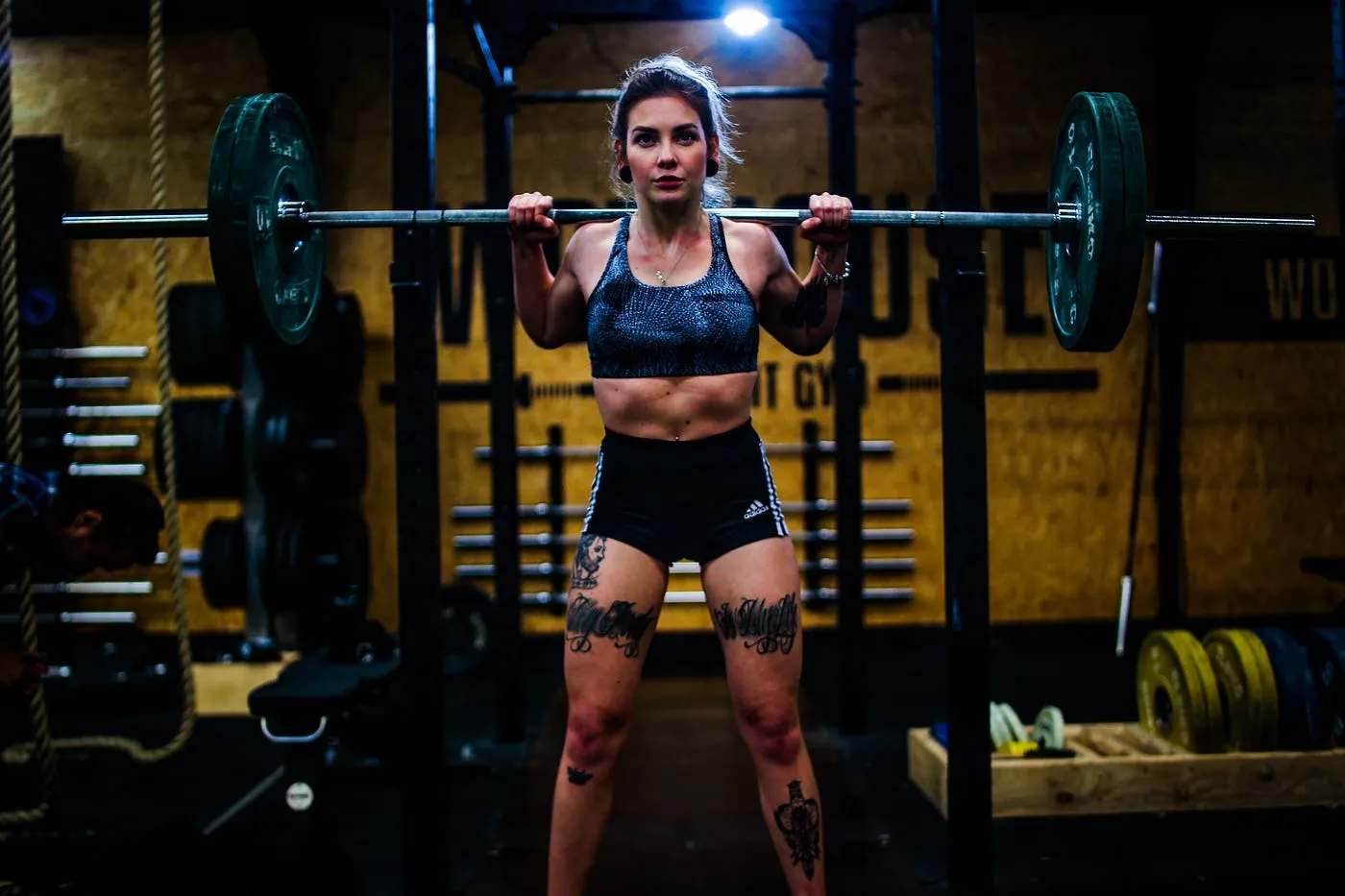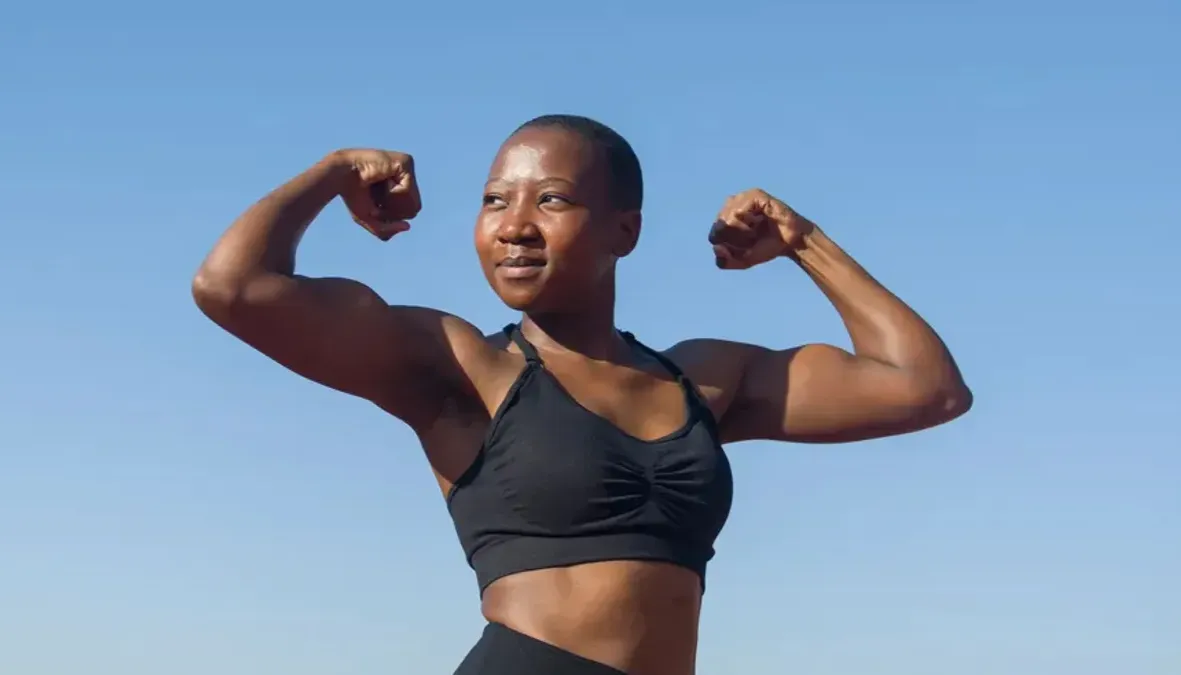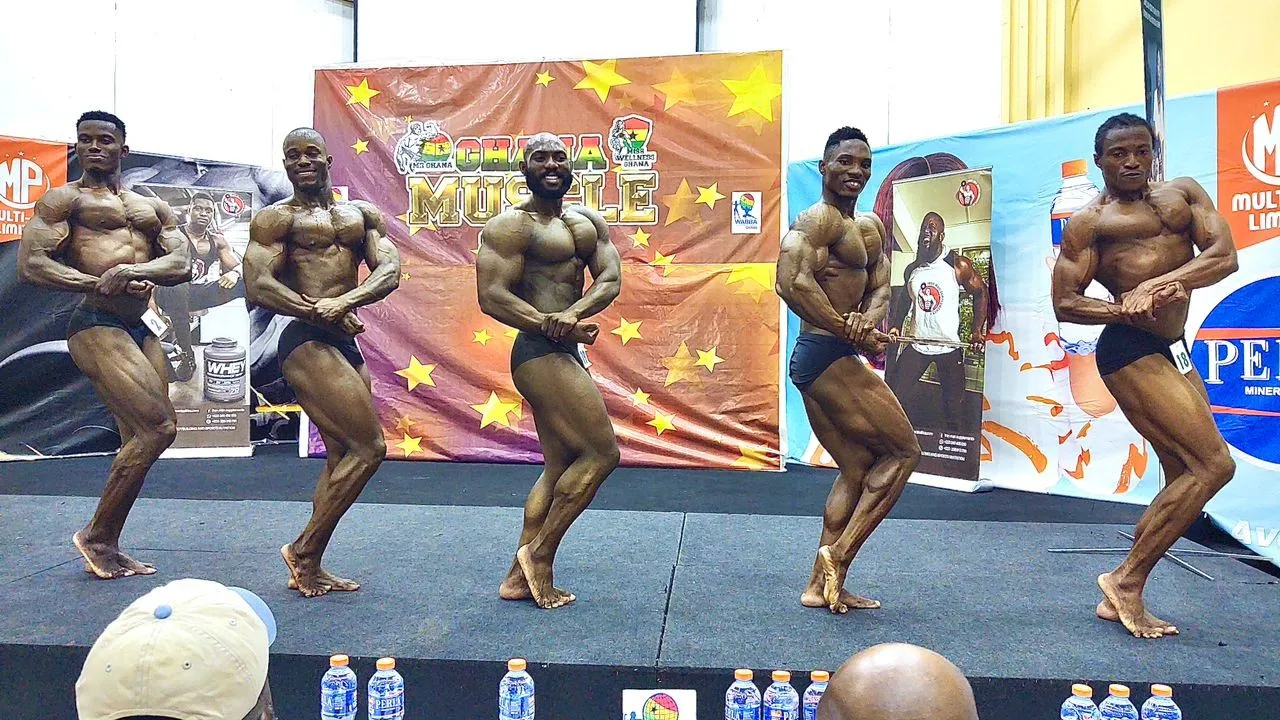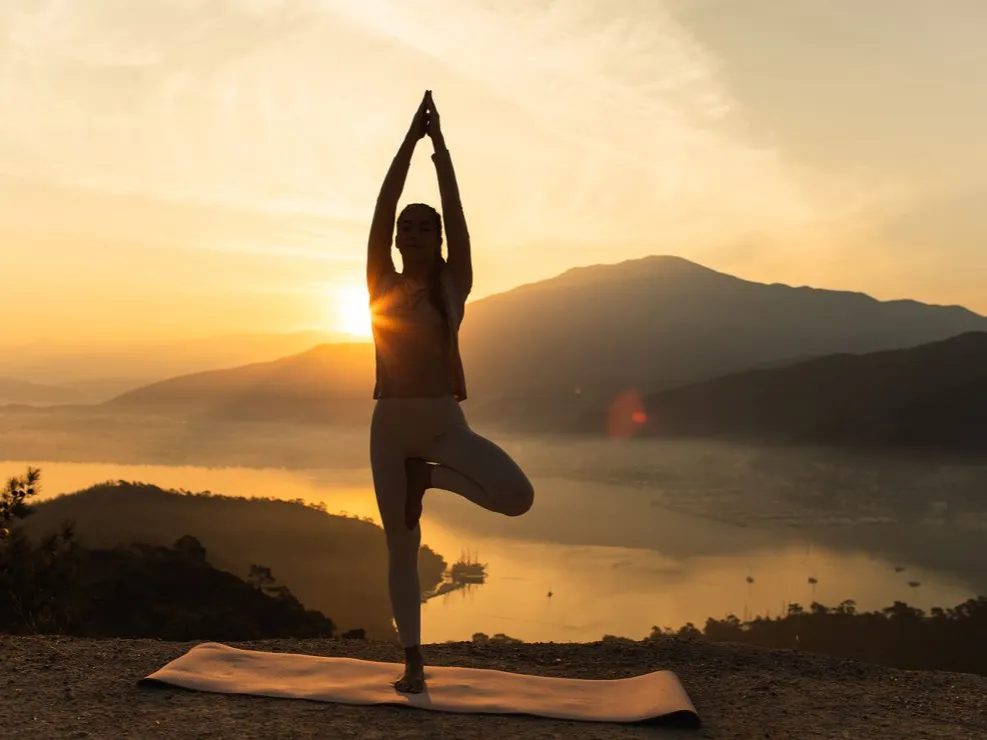Coccydynia (pronounced koh-kid-DIN-ee-uh) is pain in or around the small bone at the base of the spine, known as the coccyx. This, in turn, can lead to discomfort and pain when sitting, standing up from a seated position, or during certain types of exercise.
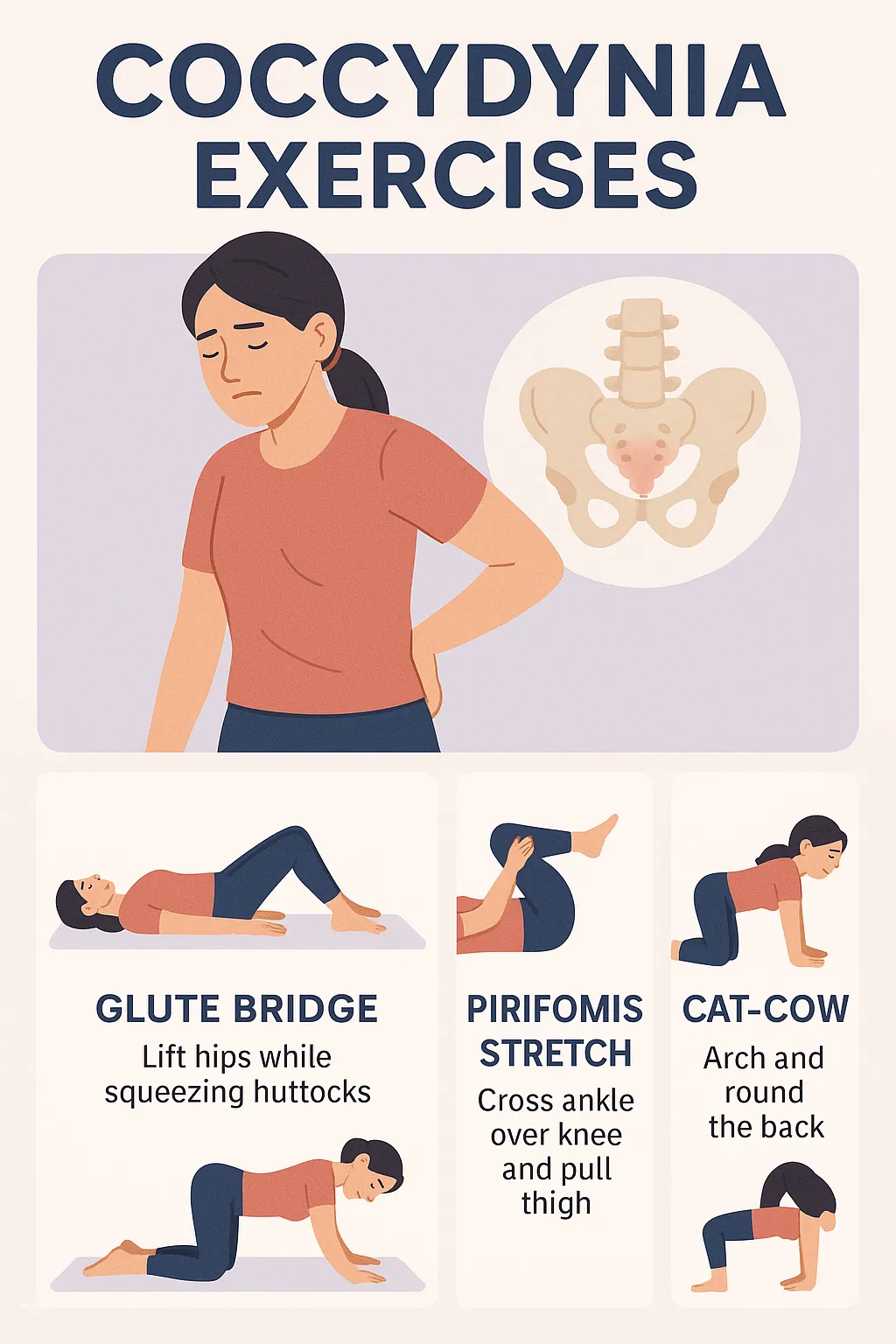
Coccydynia may be caused by trauma, prolonged sitting, giving birth, or unknown causes. Even though this specific thing causes pain in itself, targeted exercises could be done to relieve pain and improve general functioning.
In this blog post, we have put together an information-packed guide to coccydynia, why exercise is so important in managing this debilitating condition, its causes and symptoms, and the most powerful exercises to relieve pain and fortify the supporting muscles.
Understanding Coccydynia
Coccydynia is pain in the coccyx or tailbone, which is a triangular bony structure at the base of the vertebral column. Made up of three to five fused or semi-fused vertebrae, the coccyx is an attachment point for multiple ligaments, muscles, and tendons. Although small, the coccyx is integral to stabilising a person in a seated position.
Common Causes
• Trauma: An injury to the tailbone, like a slip on ice or falling while sitting.
• Childbirth: Pressure during delivery may damage or dislocate the coccyx.
• Sitting for long periods: Sitting for a long time on hard or narrow surfaces could put pressure on the coccyx.
• Degenerative Joint Changes: As we age, the joints of the coccyx can wear out and lead to degenerative changes.
• Infections or Tumors: Less common, but rarer causes of bleeding that may need medical management.
Symptoms of Coccydynia
• Uncommunicative pain in the tailbone region
• Recurrent pain that is aggravated by sitting or leaning back
• Pain when you have to go or during sex (in severe cases)
• Pain or soreness around the coccyx
The Importance of Exercise When You Have Coccydynia
Although rest and pain-relieving medications may provide temporary relief, a long-term solution includes strengthening and stretching the muscles surrounding the coccyx. Exercise helps:
• Absence of back pain and improvement in posture
• Strengthen core and pelvic floor
• Release tight muscles around these areas
• Encourage improved circulation and healing
• Prevent recurrence of pain
Always check in with a health professional before starting to exercise, particularly if pain is acute or chronic.
Best Exercises for Coccydynia Relief
Here are some of the best exercises for treating and preventing coccydynia. These exercises stretch, strengthen, and relax the muscles around the coccyx.
Pelvic Tilts
Diagram: Strengthen abdominal muscles, realign pelvis
How to Do It:
1. Lie on your back with your knees bent and your feet flat on the floor.
2. Contract your abdominal muscles and rotate your pelvis a little backward so that your lower back presses gently into the floor.
3. Hold for 5 seconds and relax.
4. Repeat 10-15 times.
Child’s Pose (Yoga Stretch)
Why: Moves and stretches the lower back and pelvic muscles.
How to Do It:
1. Start seated on the ground with your big toes together and your knees separated.
2. Sink back onto your heels and stretch your arms out in front of you on the floor.
3. Rest your forehead on the ground and breathe deeply.
4. Stay in the pose for 30 seconds to 1 minute.
5. Repeat 3-5 times.
Cat-Cow Stretch
Action: Enhances spinal flexibility, alleviates pressure on the coccyx.
How to Do It:
1. Kneel down on both hands and knees in a tabletop position.
2. Inhale and lift your head and tailbone (cow) to arch your back.
3. Inhale and lengthen the spine (cow), lifting your chin and pelvis.
4. Repeat for 10-15 repetitions.
Piriformis Stretch
Objective: Release tension in the piriformis muscle, which may press on the coccyx.
How to Do It:
1. Lie on your back with your knees bent.
2. Cross one leg over the opposite thigh in a figure-four.
3. Reach the uncrossed leg toward your chest.
4. Hold for 20-30 seconds, repeat on the opposite side.
5. Do this on each side 2-3 times.
Glute Bridges
Objective: Reinforce gluteal and core muscles, stabilising the pelvis.
How to Do It:
1. Lie on your back with knees bent and feet hip distance apart.
2. Engage your glutes and raise your hips away from the ground.
3. Hold for 5-10 seconds at the top.
4. Slowly lower back down.
5. Perform 10-15 repetitions.
Diaphragmatic and Deep Breathing Exercises
Aims: Relaxes pelvic floor tension and promotes mindfulness.
How to Do It:
1. Get into a comfortable position, either sitting or lying down.
2. Place one hand on your abdomen and one on your chest.
3. Breathe in deeply through your nose so your belly expands.
4. Repeat for 5-10 minutes.
Upper Back Pain Related to Coccydynia
Posture Awareness
Try to sit and stand with proper posture. Slumped posture can exert pressure on the coccyx, so avoid slouching and use lumbar support.
Use of Cushions
Cushions specifically designed for this purpose, such as donut pillows or wedge cushions, help relieve pressure on the tailbone while sitting.
Apply Heat or Cold Therapy
Apply heat or cold to the area to relieve pain and swelling.
Avoid Prolonged Sitting
If you have to sit for long periods, take breaks and move around every 30 to 60 minutes.
Physical Therapy
A licensed physical therapist can develop an individualised exercise and treatment program for you.
Manual Therapy
On occasion, a specialist will even recommend internal manipulation or massage of the coccyx.
When to See a Doctor
While exercise and self-care measures work for most, see a health care provider if:
• Pain lasts longer than a few weeks
• Conservative treatment fails, and symptoms progress
• A palpable lump, numbness, or aching sensation occurs
• You have problems with bowel or bladder control
Bottom Line
Coccydynia is a relatively painful and limiting condition; however, many people get considerable relief with the right exercises and lifestyle modifications.
It is all about consistency, gentle movement, and listening to your body. Doing the exercises above daily helps to strengthen the muscles and surrounding areas of the tailbone and improve flexibility, proving to be very effective in alleviating pain!
Keep in mind to consult a physician before starting any new exercise program, especially if you have underlying health conditions. Exercise is not only possible but an extremely effective treatment for coccydynia for those who are the most patient and persistent. So, remain active, stay strong, and look after your tailbone!

